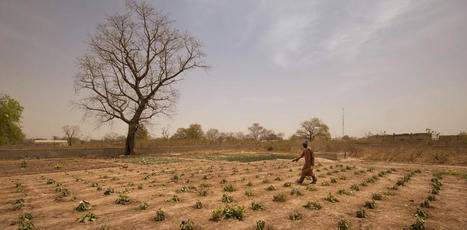Hubert Reeves once wrote that “on the cosmic scale, liquid water is rarer than gold”. And what is true for the universe is even truer in the Sahel, the name given to the vast, arid belt that skirts the Sahara and stretches across Africa from east to west. Since 3,000 BCE, the peoples of this region have invested tremendous effort into coming up with myriad ways to capture and control this remarkably scarce resource. Faced with the poor distribution of water across space and time, they have had to resort to intelligent, thrifty methods to make the most of even the tiniest drop.
Research and publish the best content.
Get Started for FREE
Sign up with Facebook Sign up with X
I don't have a Facebook or a X account
Already have an account: Login
Ressources scientifiques et techniques sélectionnées par les documentalistes du Service Documentation L@Doc : Ressources - Formation - Appui à la recherche -Institut Agro Rennes-Angers : Sélection variétale /Création variétale/Amélioration des plantes/ Semence / Protection des plantes et Environnement
Curated by
Agrodoc Ouest
 Your new post is loading... Your new post is loading...
|
|






![[Article]Farming plant cooperation in crops | Proceedings of the Royal Society B: Biological Sciences | SCIENCES DU VEGETAL | Scoop.it](https://img.scoop.it/-7Qi9RAUf4ZZ4aYkf0G-MTl72eJkfbmt4t8yenImKBVvK0kTmF0xjctABnaLJIm9)




